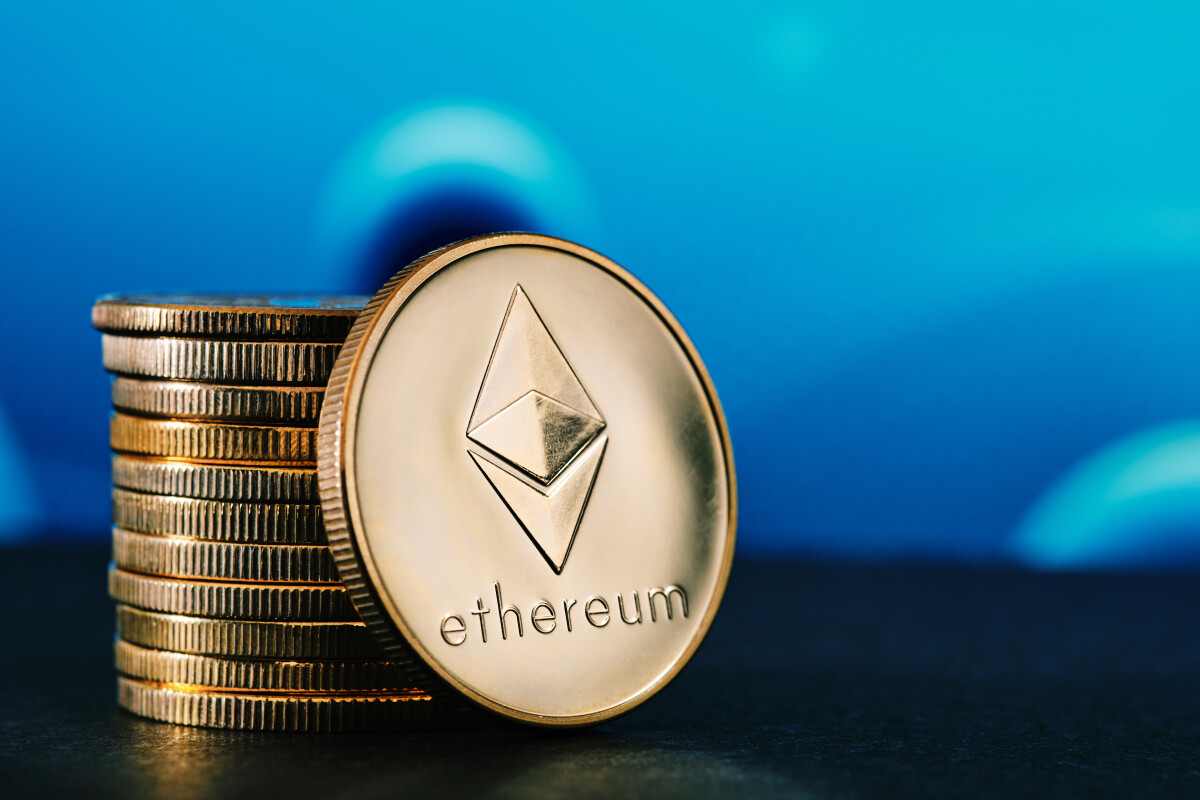The market capitalization of tokenized real-world assets (RWAs) could balloon to as much as $10 trillion by the end of the decade in a bullish scenario, argued digital asset management company 21.co in a recently released report.
Even in a bearish scenario, the market cap of tokenized RWAs will still reach $3.5 trillion before 2030, 21.co projected.
The market cap of tokenized RWAs was last around $116 billion, with USD-pegged stablecoins accounting for around 97% of this.
Around 60% of all tokenized RWAs currently in existence are issued on the Ethereum blockchain, which remains the most widely used layer-1 protocol in the Decentralized Finance (DeFi), Non-Fungible Token (NFT) and web3 worlds.
These digital dollars mark the “first successful tokenization implementation”, according to 21.co.
USD-pegged stablecoins like Tether’s USDT and Circle’s USDC allow crypto users to transfer an asset that almost exactly approximates the real value of an actual US dollar to one another in a permissionless, censorship-resistant, borderless and near-instant manner.
Both cryptocurrencies are backed 1:1 with real US dollar or liquid-equivalent sat in bank accounts controlled by Tether and Circle.
21.co noted rapid growth in other areas of asset tokenization, pointing to the 450% growth rate seen in the tokenized US government bond market, which has been aided by the fact that US bond yields have risen to multi-decade highs this year.
RWAs – The Convergence of TradFi and Crypto
“The convergence between crypto and traditional asset classes, including fiat currencies, equities, government bonds, and real estate, is experiencing an unprecedented growth,” 21.co noted in its report.
As the crypto sector matures, more and more traditional institutions will build their own products on top of blockchains, the analysts argued.
“Through this transition, crypto will increasingly integrate with existing financial software and bring RWAs on-chain via tokenization”.
Regulatory barriers and a potential lack of standardized processes are amongst the factors that 21.co thinks could slow the growth and adoption of tokenized RWAs.
Tokenized RWAs to Power Ether (ETH) to Multi-Trillion Dollar Market Cap?
Assuming blockchains like Ethereum are able to maintain a dominant position as a place to issue tokenized RWAs, this could substantially bolster the demand for Ether (ETH) in the years ahead.
Ether (ETH) is the native token of the Ethereum blockchain and is used to pay gas fees that power transactions and blockchain activity.
Ether’s market cap was last around $188 billion, around 3x more than the $60 billion in tokenized assets currently issued directly onto its blockchain.
But if by 2030, the blockchain hosts 60% of $10 trillion in tokenized RWAs, it wouldn’t be out of the question to see Ether become multi-trillion dollar asset, potentially even rivalling gold’s market cap, which was last around $12.8 trillion.
That being said, Ether has been performing poorly recently, down over 6% on the month and over 25% lower since this year’s highs.
Week demand for the recently launched Ether futures ETFs in the US and weak on-chain activity that has seen the Ether supply turn inflationary once again are two factors explaining recent weak performance.
Falling yields on staked ETH (last at around 3.5% APY) at a time when US bond yields are rising (the 10-year is above 4.8%) is another structural headwinds, while still relatively high transaction fees and relatively slow transaction times continue to act as a barrier to adoption.
Ether was last trading in the $1,570 area, with bears eyeing a break below a key long-term support in the low $1,500s that could open the door to a drop towards the sub-$1,400 March lows.
Read the full article here










